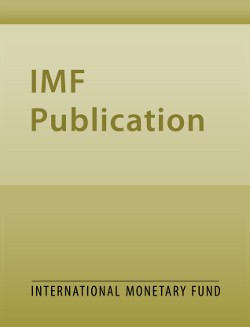
Sovereign Debt Standstills
Sovereign Debt Standstills
READ MORE...
Volume/Issue:
Volume 2020
Issue 290
Publication date:
ISBN:
Add to Cart by clicking price of the language and format you'd like to purchase
Available Languages and Formats
Topics covered in this book
This title contains information about the following subjects.
Click on a subject if you would like to see other titles with the same subjects.
Exports and Imports , Finance , Economics- Macroeconomics , Standstill , Haircuts , COVID-19 , Default , Debt Overhang , Voluntary Debt Exchange , WP , Pareto gain , debt level , default probability , welfare gain , bond price increase , long-term debt
Summary
As a response to economic crises triggered by COVID-19, sovereign debt standstill proposals emphasize debt payment suspensions without haircuts on the face value of debt obligations. We quantify the effects of standstills using a standard default model. We find that a one-year standstill generates welfare gains for the sovereign equivalent to a permanent consumption increase of between 0.1% and 0.3%, depending on the initial shock. However, except when it avoids a default, the standstill also implies capital losses for creditors of between 9% and 27%, which is consistent with their reluctance to participate in these operations and indicates that this reluctance would persist even without a free-riding or holdout problem. Standstills also generate a form of “debt overhang” and thus the opportunity for a “voluntary debt exchange”: complementing the standstill with haircuts could reduce creditors’ losses and simultaneously increase welfare gains. Our results cast doubts on the emphasis on standstills without haircuts.
Copyright © 2010 - 2025
Powered by:
AIDC



